4 Places Where the Laws of Physics Break Down
Exploring the Boundaries
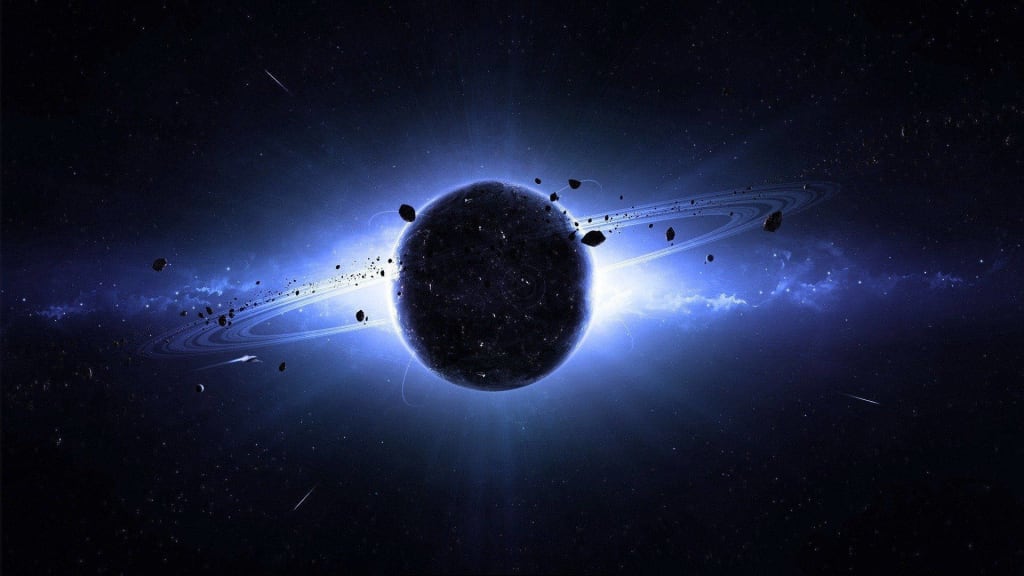
The laws of physics are the foundation upon which our understanding of the universe is built. They describe how things move, how they interact with each other, and how they change over time. These laws are incredibly powerful and accurate, but there are a few places where they break down. In this article, we will explore some of these places in depth and discuss the implications of these breakdowns for our understanding of the universe.
One of the most famous places where the laws of physics break down is at the center of a black hole. Black holes are incredibly dense objects that have such a strong gravitational pull that nothing, not even light, can escape from them. The laws of physics that govern the behavior of matter and energy do not apply inside a black hole. Instead, the laws of physics as we know them break down and are replaced by a set of new laws that are still not fully understood.
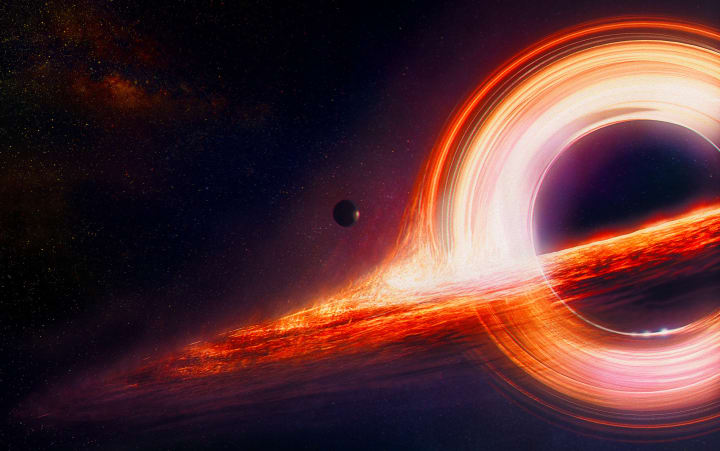
At the center of a black hole, the laws of general relativity, which describe the behavior of gravity, and the laws of quantum mechanics, which describe the behavior of matter and energy at the atomic and subatomic level, are not compatible. This creates a paradox known as the information paradox, in which the laws of physics seem to predict that information can be lost inside a black hole, which is in conflict with the laws of quantum mechanics. Scientists are still working to understand how these laws can be reconciled and what happens to the information that falls into a black hole.
Another place where the laws of physics break down is at the beginning of the universe, known as the Big Bang. The Big Bang is the event that is thought to have started the expansion of the universe. At the moment of the Big Bang, the laws of physics as we know them do not apply. Instead, a set of laws known as quantum gravity must be used to describe the behavior of matter and energy at this incredibly small and dense point in time.
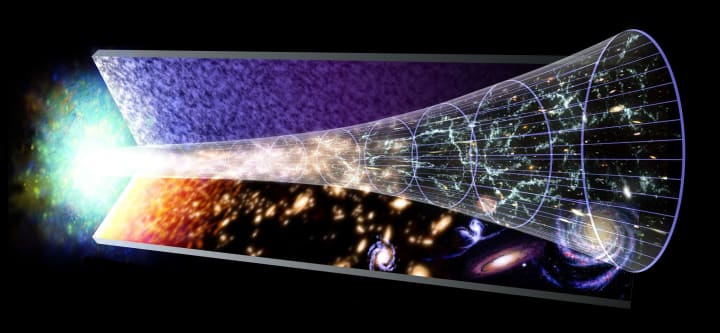
The problem with using the laws of physics as we know them at the moment of the Big Bang is that they are not able to describe the behavior of matter and energy at such high densities and temperatures. This is because the laws of physics as we know them are not compatible with each other at these extreme conditions. Scientists are still working to develop a theory of quantum gravity that can describe the behavior of matter and energy at the moment of the Big Bang and provide a complete picture of the origins of the universe.
A third place where the laws of physics break down is at the smallest scales in the universe, known as the quantum realm. In the quantum realm, the laws of physics are not deterministic, meaning that the outcome of an experiment cannot be predicted with complete certainty. Instead, the laws of physics in the quantum realm are described by probabilities, and the behavior of matter and energy is governed by a set of laws known as quantum mechanics.
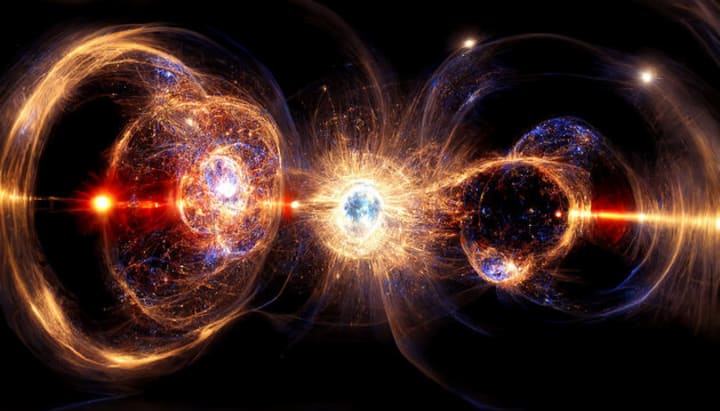
The strange and seemingly random behavior of particles in the quantum realm has long been a source of confusion and debate among scientists. One of the most famous examples of this behavior is the double-slit experiment, in which a beam of electrons passing through two slits creates an interference pattern on a screen behind the slits. This pattern can only be explained by the electrons behaving as both particles and waves, a phenomenon known as wave-particle duality.
A fourth place where the laws of physics break down is at extremely high energies. At these energies, the laws of physics as we know them no longer apply, and new laws must be used to describe the behavior of matter and energy. This is known as high-energy physics, and it is a field of research that is still not fully understood.

At very high energies, particles can be created and destroyed, and new types of particles can be discovered that do not exist at lower energies. These particles are known as high-energy particles, and they include things like quarks, leptons, and gauge bosons. The study of these particles is important for understanding the fundamental nature of matter and energy, and how they interact with each other.
One of the most significant discoveries in high-energy physics was the Higgs boson, a particle that is thought to give other particles mass. The Higgs boson was discovered in 2012 at the Large Hadron Collider (LHC), a powerful particle accelerator located at CERN in Switzerland. The discovery of the Higgs boson was an important step in understanding the origin of mass in the universe, and it provided further evidence for the Standard Model of particle physics.
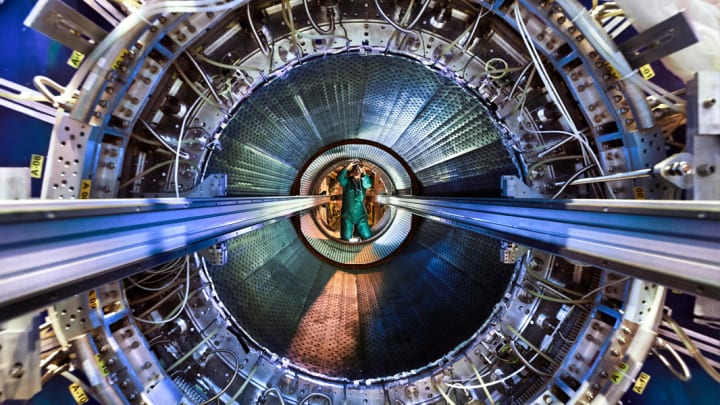
Another area where the laws of physics break down is at the boundaries of the known universe. At these boundaries, the laws of physics as we know them are no longer applicable, and new laws must be used to describe the behavior of matter and energy. These areas include the outer reaches of the universe, known as the cosmic microwave background, and the edges of black holes, known as the event horizon.
At the cosmic microwave background, the universe is thought to be in a state of equilibrium, with no net energy flow. This state is known as the cosmic microwave background radiation, and it is thought to be the remnant energy of the Big Bang. The study of the cosmic microwave background radiation is important for understanding the early history of the universe, and the conditions that existed at that time.
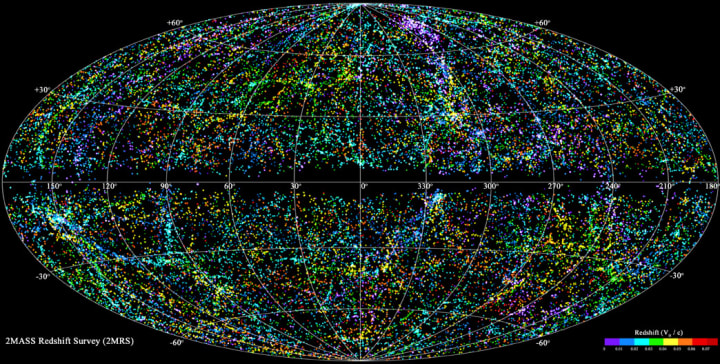
At the event horizon of a black hole, the laws of physics as we know them are thought to break down, and new laws must be used to describe the behavior of matter and energy. The event horizon is the point of no return for anything that enters a black hole, and it is thought to be the boundary between the known universe and the unknown. The study of the event horizon is important for understanding the nature of black holes and the laws of physics that govern them.
while the laws of physics are incredibly powerful and accurate, there are a few places where they break down. These places include the centers of black holes, the beginning of the universe, the quantum realm, and the boundaries of the known universe. The study of these areas is important for understanding the fundamental nature of the universe and the laws that govern it. Despite these breakdowns, scientists continue to make progress in understanding these areas and the laws that govern them, which will provide us with a deeper understanding of the universe and our place in it.
About the Creator
Finola bozlar
〰️ Fiction (Horror/Thriller)
〰️ Non-Fiction (Nutrition and True Crime)




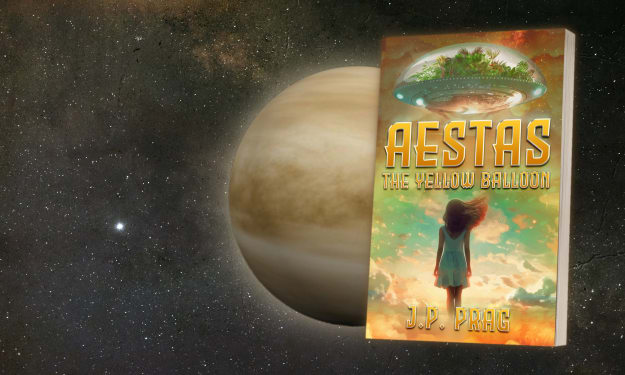

Comments
There are no comments for this story
Be the first to respond and start the conversation.